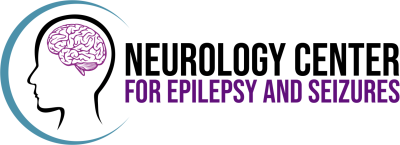If you have seizures or are the parent of a child who has seizures, then…

Video EEG Monitoring for Brain Network Dysfunction in COVID-19 Patients
One of the scariest aspects of the COVID-19 pandemic is that the medical community was largely unprepared to deal with the host of immediate, mid-range, and long-term impacts of the disease. As a novel virus, we simply did not know what it could do to people. The fact that it really impacted different people in dramatically different ways made it even more difficult to pin down. The same virus that could result in very mild symptoms or even no symptoms in some people was leading to death in others. What was even more puzzling was the fact that so many different symptoms appeared to be impacted. While COVID-19 appeared to be primarily a respiratory disease, there were clear neurological symptoms in a significant number of patients.
For many people, the most obvious neurological symptoms, loss of taste and smell, were temporary, and normal sensation returned after a short period of time. However, some COVID-19 patients have experienced lingering neurological symptoms. EEG monitoring is a demonstrated and effective tool for evaluating brain function and neurological dysfunction that is the result of COVID-19, however many COVID-19 patients are uncertain where they can go to find out if their bout with COVID-19 has had lingering neurological effects and what those effects might be.
We are here for you. We are ready to do a standard 10-20 EEG electrode complement with ECG derivation or to modify for an expedited study for those patients who may be suffering from other lingering effects of COVID that could impact their ability for standard testing.
We have already learned some information about COVID-19 that is helping us treat patients more effectively, not only preserving lives, but also helping improve symptoms and long-term outcomes. These advances have been across-the-spectrum, but in terms of neurological symptoms and potential damage they are especially important. We are learning which early symptoms are predictive of neurological issues, which can help us determine the most appropriate patients for testing and possible early intervention.
Of course, from a neurological standpoint, early intervention has always been an important key to the best outcomes. The earlier you can intervene after the introduction of a neurological event, disorder, disease, or trauma, the greater the likelihood of a positive outcome. Not only can we provide the EEG testing recommended to help diagnose brain networking dysfunction, but we can develop a patient-specific treatment regime designed to help patients recover from that dysfunction.



